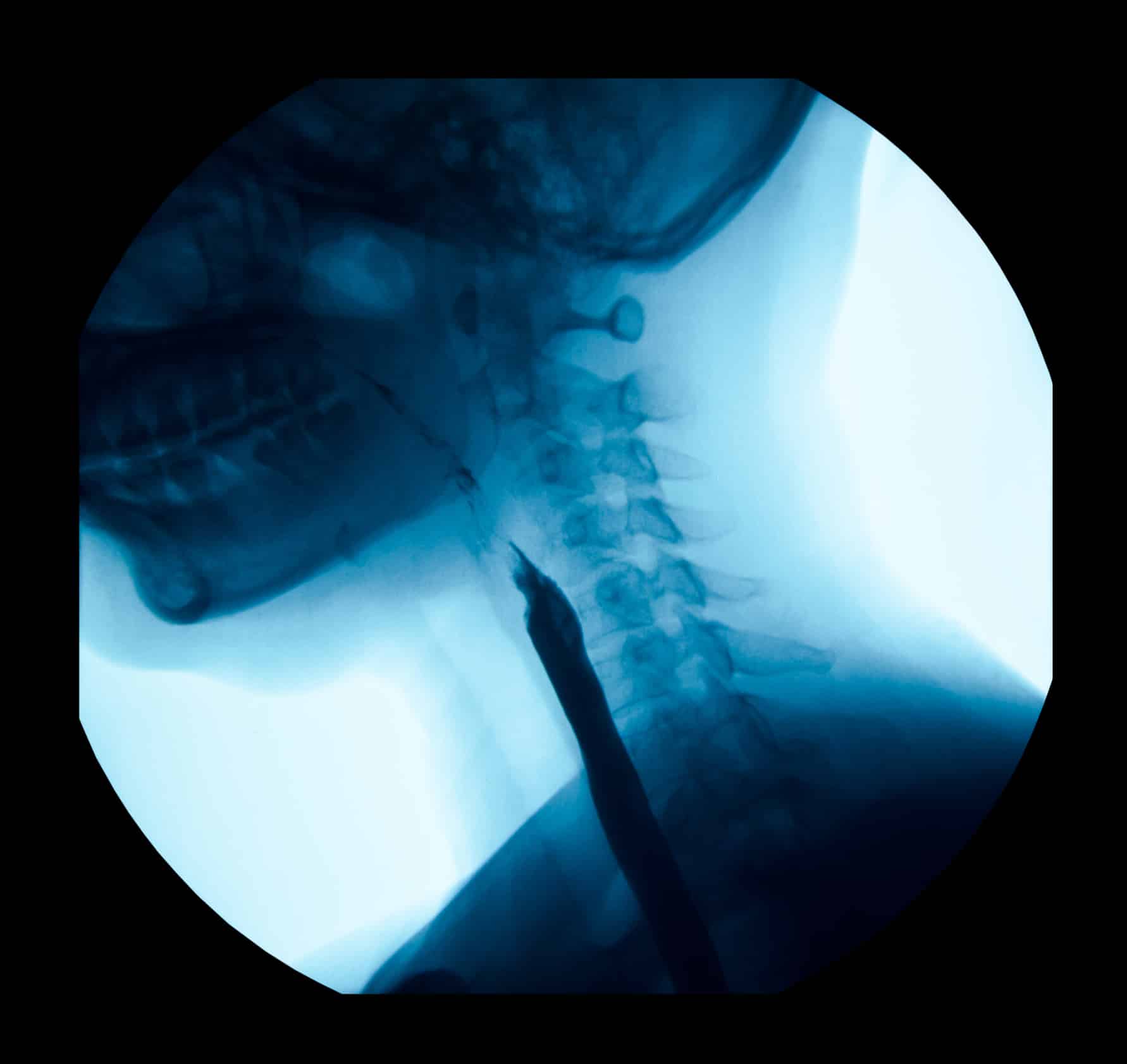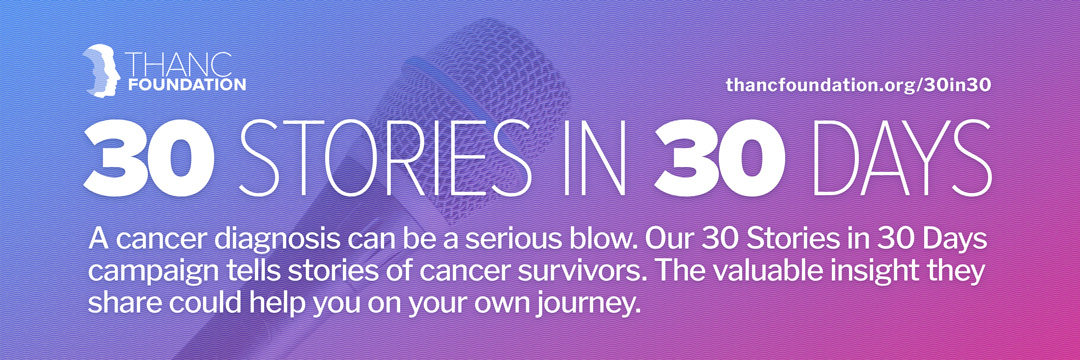A doctor may recommend an esophagram if you experience difficulty swallowing. An esophagram will show the anatomical and functional status of the esophagus. Esophagrams can help doctors identify why you are experiencing difficulty swallowing.
Important Note
Do not eat or drink for at least four hours before an esophagram to ensure that your stomach is empty.
An esophagram is a series of X-Rays that are taken while a patient is swallowing that allows for visualization of the entire length of the esophagus and any areas of obstruction or narrowing. The patient swallows a special liquid that is visible on the X-ray, such as barium or gastrografin, and the X-ray machine takes a continuous run of photos from various angles as the patient swallows.
How Does an Esophagram Work?
- You will swallow a liquid that enhances your provider’s ability to assess your swallowing, such as barium or gastrografin, which are easily visualized on X-ray.
- A series of X-ray photos are taken while you are swallowing this special liquid.
- You may need to repeat these steps multiple times to ensure the esophagram gathers as much information as possible.
What Kind of Information Does an Esophagram Provide?
- Esophagrams are a quick, inexpensive, and effective screening method for detecting tumors and/or complications arising from cancer treatment.
- Esophagrams are part of a series of tests to help your provider determine a plan of care.
- A special type of esophagram known as modified barium swallow study (MBSS) utilizes various barium-infused substances of different consistencies to simulate how you swallow normal food and liquids. For this study, X-ray photos are taken of the mouth and throat, rather than just of the esophagus. This method can determine your readiness to maintain or progress your diet.
- An MBSS can be combined with an esophagram to visualize the entire swallowing mechanism from the mouth to the end of the esophagus.
If a patient is having difficulty swallowing, their esophagram may look abnormal, and this may help doctors determine the cause of the patient’s symptoms. For example, a tumor in the cervical esophagus could show up as a narrowing or even complete blockage of the esophagus in advanced cases. Strictures, or scar bands in the esophagus, are possible complications of head and neck cancer treatments, and make it difficult for patients to eat and drink. On an esophagram, a stricture would appear as an area of narrowing.

What to Expect
In general, patients should not eat or drink anything before having an esophagram. Once at the testing center, patients should follow the instructions of the clinician, which will include drinking the special liquid as the X-ray machine takes a series of photos from different angles. Patients will likely need to do this multiple times so that the machine can get enough images in order to maximize the information from the study.
Advantages
Some of the advantages of esophagrams is that they are quick, inexpensive, and effective for screening patients for tumors or other blockages in the esophagus.
Disadvantages
One disadvantage of esophagrams is that they provide relatively little anatomic detail. Patients would need additional diagnostic testing and imaging before a diagnosis is usually confirmed.
Modified Barium Swallow Study
A modified barium swallow study (MBSS) is a type of esophagram that is often done together by a speech pathologist and a radiologist. It is designed to give valuable information about what happens when a patient swallows liquids or solid foods. For this test, patients will eat and drink various barium-infused substances of different thicknesses and consistencies as the X-ray photos are being taken. In this test, X-rays will be taken of the mouth and throat, instead of the esophagus.
This test is used to identify swallowing problems of the mouth and throat, such as aspiration, which is when food or drinks go down the wrong tube into the lungs. A modified barium swallow study may be used to help doctors determine when it is safe for a patient to resume swallowing with a normal diet if there have been concerns about recurrent aspiration or other swallowing difficulties.
An MBSS can also be combined with an esophagram that is performed at the same time. This combined study allows for evaluation of the swallowing mechanism from the mouth all the way to the end of the esophagus where it empties into the stomach.











